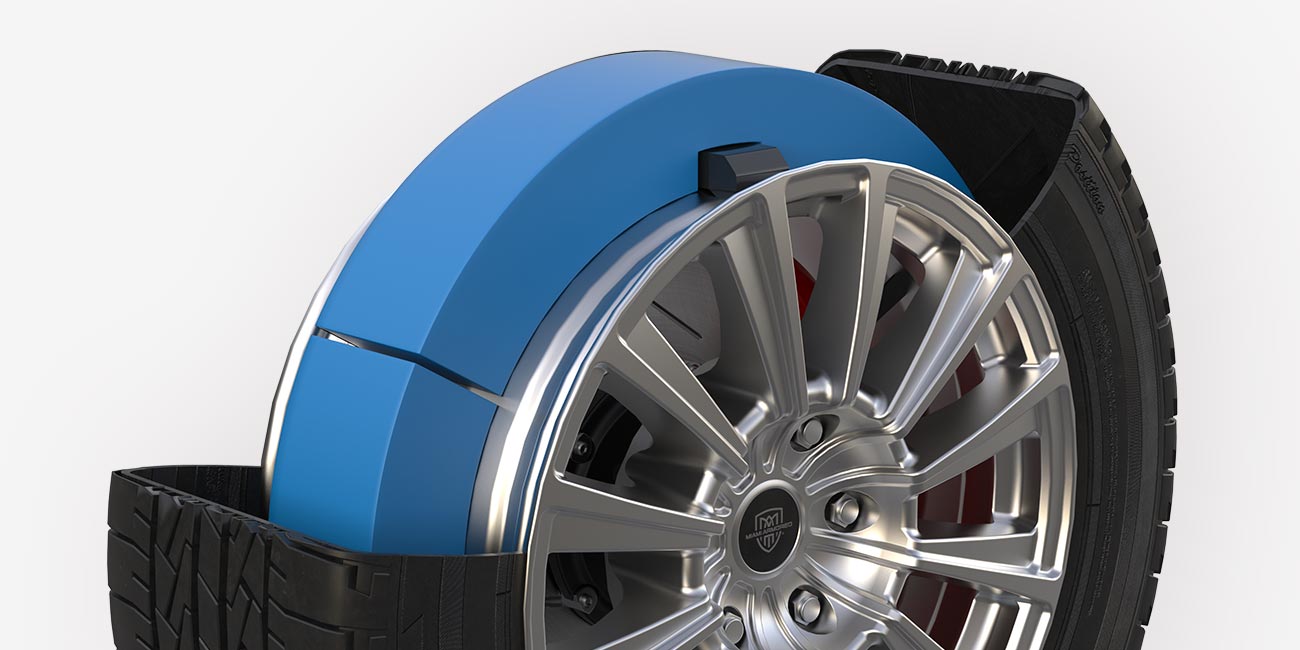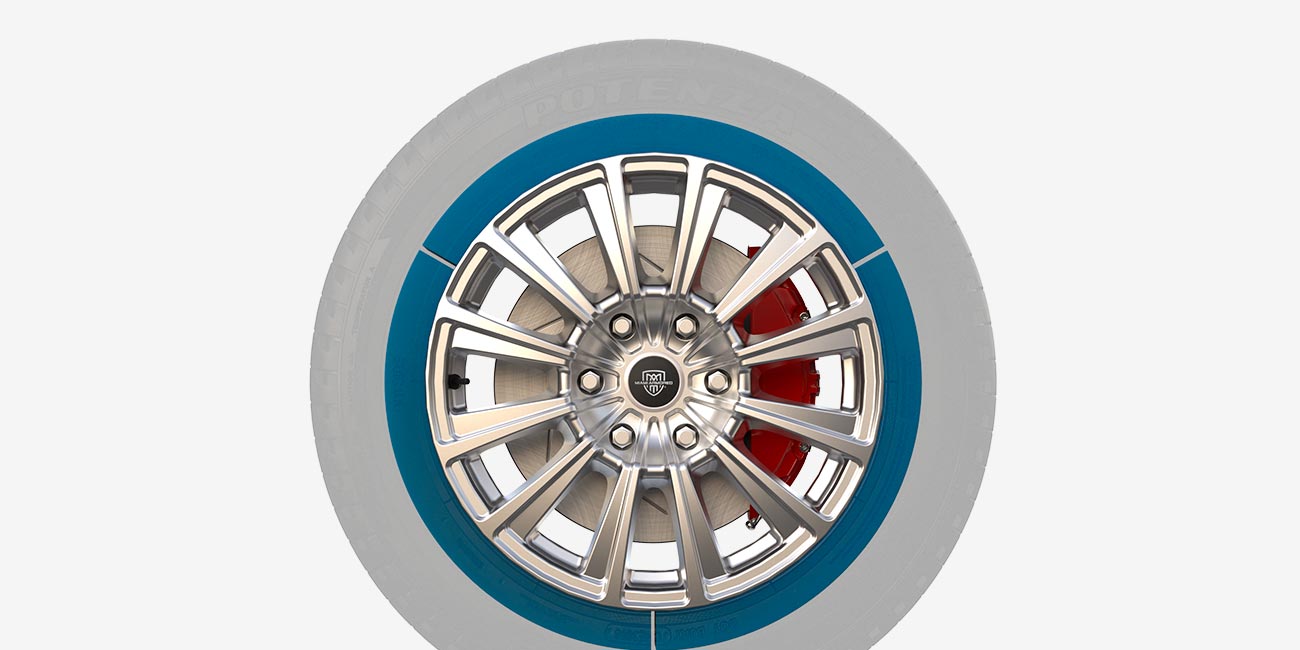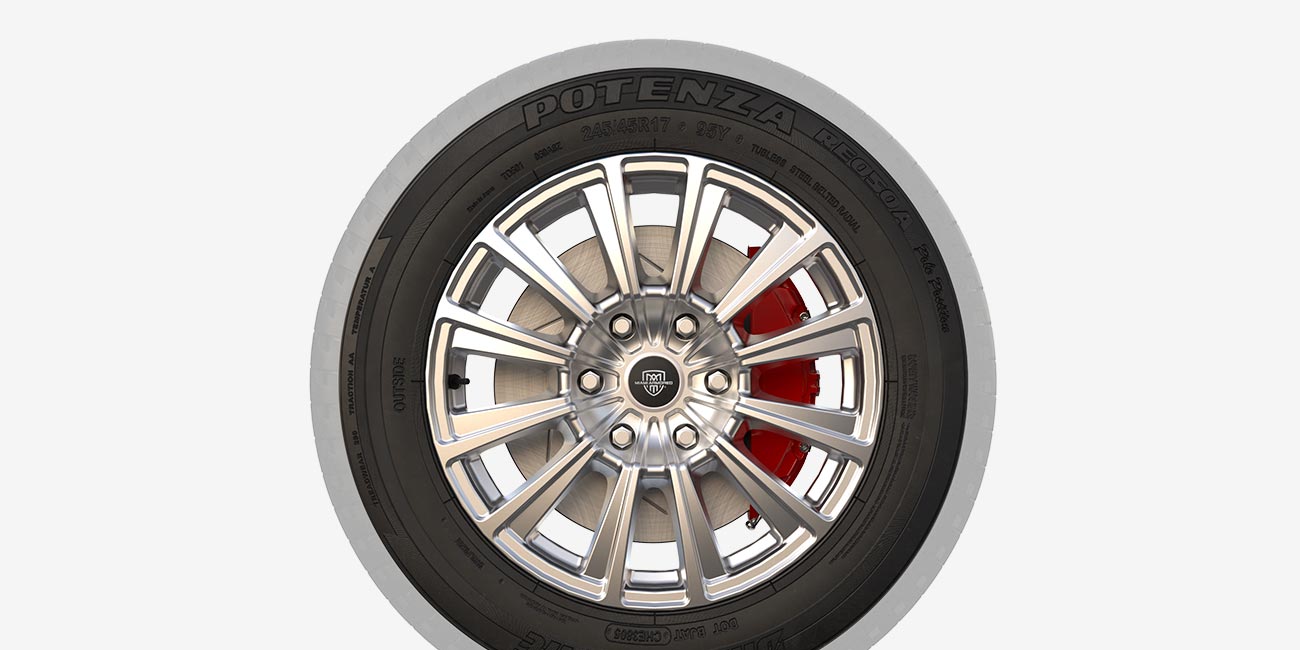In the realm of armored vehicles, safety and reliability are paramount. One crucial aspect contributing to these factors is the choice of tires. Armored vehicles often face challenging terrains and potential threats, making tire selection a critical decision. Two popular options for armored vehicle tires are runflat inserts/devices and runflat tires. In this article, we’ll delve into the key differences between these options, shedding light on their applications, advantages, and much more.
Armored Vehicles Tires – The Basics
Armored vehicles tires – what are they, and why are they so essential?
Armored vehicles, such as military trucks, security vehicles, and cash-in-transit vans, operate in high-risk environments. They need tires that can withstand punctures and continue functioning even after sustaining damage. This is where specialized armored vehicle tires come into play.
Runflat Inserts/Devices
Runflat inserts/devices explained – enhancing tire durability.
Runflat inserts/devices are ingenious additions to wheels that provide extra support and resilience. These inserts are designed to maintain wheel integrity even when punctured. Here’s how they work:
- Construction
Runflat inserts/devices are typically made of strong, flexible materials like reinforced rubber or composite compounds. - Installation
These inserts are installed onto the vehicle’s rim during the manufacturing process or added later as an aftermarket modification. - Function
When the tire encounters a puncture, the runflat insert/device supports the weight, preventing it from collapsing. This allows the vehicle to continue moving even with a damaged tire. In most cases at speeds up to 60mph for a 1 hour duration.
Applications of Runflat Inserts/Devices
Runflat inserts/devices find applications in various armored vehicles, including:
- Military (Wheeled) Tanks
Ensuring tanks can maneuver in hostile environments even if their tires are damaged. - Security Vehicles
Protecting valuable cargo during transit, such as in cash-in-transit vehicles. - Military and Security Vehicles
Ensuring military and security personnel reach their destinations safely, even in hostile conditions. - Executive and VIP Vehicles
Maintaining the security and mobility of high-profile individuals in armored cars. - Emergency Response Vehicles
Allowing police and emergency services to reach critical situations without delay.
Runflat Tires
Runflat tires are a specialized type of tire designed to allow a vehicle to continue driving safely, even with a punctured or deflated tire. Here’s what sets runflat tires apart:
- Construction
This type of tire features reinforced sidewalls, which support the vehicle’s weight in case one or more tires are punctured or damaged. - Design
As the name suggests, these tires’ structure enables them to run for a certain time, usually around 30 minutes, after a puncture or external attack. Driving on runflat tires allows the vehicle to run at reduced speed, usually up to 30 mph. - Safety
Runflat tires provide added safety by allowing the vehicle to reach a secure location for tire repair or replacement.
Applications of Runflat Tires
Runflat tires are commonly used in:
- Premium OEM Vehicles
Certain OEM manufacturers have opted to include runflat tires along with their vehicles in order to relinquish their need to include a spare wheel (or tire patch kit) with the car. - Off-Road Vehicles
Enhancing off-road capabilities by reducing the risk of tire failure in rugged terrains.
Armored Vehicles Tires – The Difference
Now that we’ve explored the basics, let’s highlight the key differences between runflat inserts and devices and runflat tires.
Durability and Puncture Resistance
- Runflat Inserts/Devices
Runflat inserts excel in both puncture resistance and durability, thanks to their heavy-duty construction and excellent longevity. - Runflat Tires
These enhance puncture resistance but may not provide the same level of durability as runflat inserts.
Continued Mobility
- Runflat Inserts/Devices
Runflat inserts/devices offer more consistent and reliable continued mobility, with a longer specified range and speed. - Runflat Tires
While they enable continued mobility after a puncture, the distance and speed limitations may vary.
FAQs
Do runflat tires affect ride comfort?
Runflat tires may offer a slightly stiffer ride due to their reinforced sidewalls, but advancements in tire technology have minimized this difference.
Can runflat tires be repaired after a puncture?
Runflat tires can often be repaired, but it’s essential to consult with a professional tire technician for a proper assessment.
Are runflat devices/inserts more expensive than runflat tires?
Yes, typically runflat devices/inserts are more expensive as they are a completely separate assembly and offer a much longer range at higher speeds.
Do runflat tires have a weight limit for vehicles?
Yes, runflat tires have weight limits, and it’s crucial to choose the right size and load rating for your vehicle. While runflat devices/inserts are made to be suitable for a much higher weight rating.
Can I retrofit runflat tires or devices/inserts to my existing vehicle?
Retrofitting runflat tires or runflat devices/inserts to a vehicle not originally equipped with them can be complex and may require professional assistance.
In the world of armored vehicles, the choice between runflat inserts or devices and runflat tires can significantly impact safety and performance. The decision ultimately depends on specific vehicle requirements and intended use. Understanding these differences empowers vehicle owners and operators to make informed choices, ensuring the utmost safety and reliability in challenging situations.


